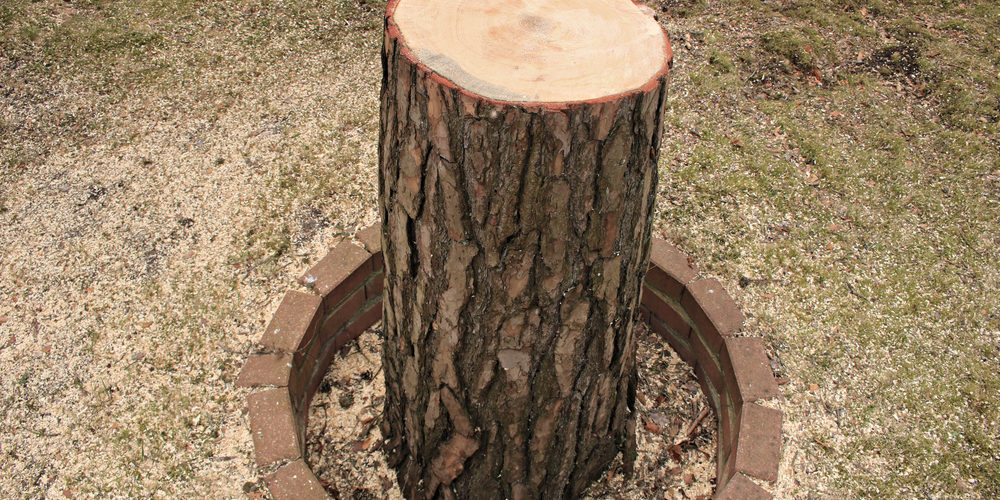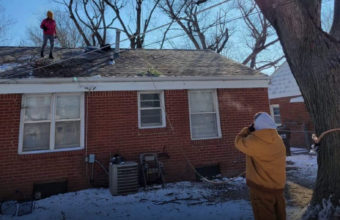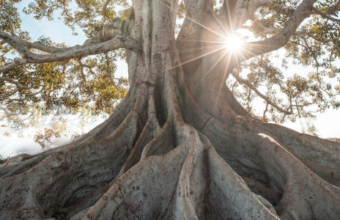Over-pruning can have detrimental effects on trees, and we need to recognize the signs so that corrective measures can be taken to help the tree recover.
Here are some common signs of over-pruning…
- Excessive Loss of Foliage – One of the most apparent signs is when a tree has lost a significant portion of its leaves or branches due to pruning. This can result in a sparse canopy that lacks adequate foliage for photosynthesis.
- Drooping or Weeping Branches – Overpruned trees may exhibit branches that hang downward or droop. This can indicate stress and weakness in the tree.
- Sunburned or Scorched Bark – When too much of the tree’s protective canopy is removed, the trunk and branches may be exposed to excessive sunlight. This can lead to sunburn or scorching of the bark, weakening the tree and making it more susceptible to disease.
- Elongated New Growth – Over-pruned trees often respond with vigorous but weak regrowth in the form of long, slender shoots known as water sprouts or suckers. These shoots may lack proper attachment to the tree’s structure and can be prone to breakage.
- Increased Pest and Disease Susceptibility – Weakened trees are more susceptible to pests and diseases. Over-pruned trees may become infested with insects or develop fungal infections.
- Structural Problems – Excessive pruning can disrupt the natural branching structure of a tree, leading to structural problems, such as weak unions and unbalanced growth.
- Stunted Growth – Over time, over-pruned trees may exhibit stunted growth and reduced overall vigor. They may struggle to produce new leaves and branches.
- Decline in Health – A tree that has been over-pruned may experience an overall decline in health, including reduced resistance to environmental stressors, poor wound closure, and slower recovery from damage.
- Loss of Aesthetic Appeal – Over-pruning can result in a misshapen or unattractive appearance for the tree, which can concern homeowners and landscapers.
Note that the severity of these signs can vary depending on the extent and timing of the over-pruning, and the tree species and its specific response to pruning. If you suspect that a tree has been overpruned, it’s advisable to consult with a certified arborist or tree care professional. They can assess the tree’s condition, provide recommendations for recovery, and develop a proper pruning plan to help the tree regain its health and natural form over time.






